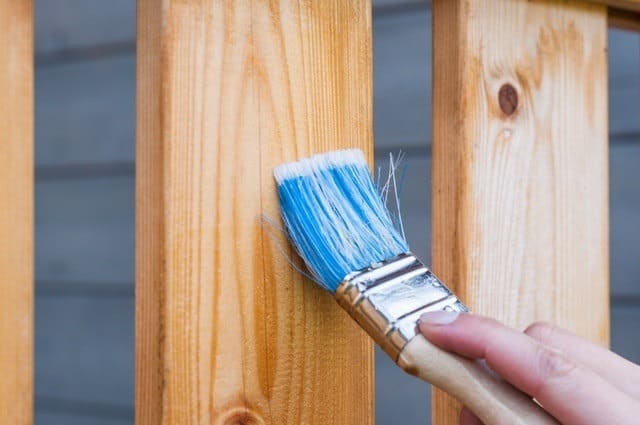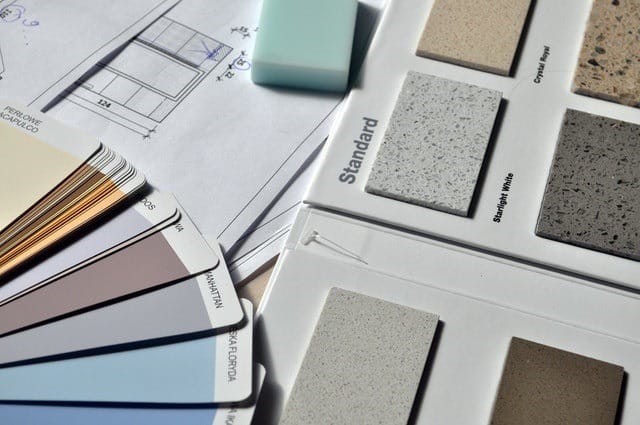Preparing a room properly before major building works begin is essential. It is easy to underestimate how much damage nearby construction can do and much of this damage comes from less than obvious sources. As an example, dust can land on any surface and, if cleaned incorrectly, can result in scratches to the surface of the furniture. In some cases, this damage will be purely aesthetic, but in other cases, such as where glass is involved, this aesthetic damage can also cause functional damage. Many metals in the home are coated with anti-corrosive substances that prevent rust and other weathering, but this is rendered ineffective by scratches which lead to gaps in the armour.
If you are expecting building work in your house, then read on to find out some of the most effective steps you can take in order to mitigate or prevent any damage to your home and furniture.
Remove Expensive Items
This is the first and most important step. Anything that is not fixed down, is of value, and which may become damaged by the by-products of construction (be it flying materials or dust) should be moved somewhere safe.
Pay particular attention to electronics as few electronic devices are completely sealed and so it is possible for dust to get inside. Once inside, dust can prevent some electronics from cooling properly and so they can end up damaging themselves during use. It is not always immediately obvious when this occurs; once users have cleaned the external dust, there is often no indication of internal dust and unless the machine is operated while being held, excessive heat might be undetectable. Laptops and games consoles are particularly susceptible to thermal damage when their cooling abilities are impaired.
Lay Down Flooring Protection
How to best protect your floors depends on what material they’re made out of as well as what kind of furnishings, such as carpets and rugs, you have laid down. If you have carpets down and are hesitant to move them, or don’t have anywhere suitable to store them, then it might be best to invest in a protective film and to secure them beneath it. If you are then going to lay down additional protection (which is advised) then you will want to ensure that any rugs or carpets are securely fastened down so as not to prevent an invisible slipping hazard. You can buy specially designed flooring paper that will keep your furnishings safe and protected while providing a surface with good grip to avoid any slips or trips.

Keep Your Feet Clean!
All your careful preparation will go to waste if you end up treading dirt and mud through the house. Just as dust can cause scratches, so can dirt. In fact, dirt occasionally comes with sharp stones or, in some cases, creepy crawlies who might try and eat through your floor protections. Ideally, you should have some footwear designed for indoor work. If you’re moving heavy objects then consider some boots with protective steel toe caps.
Adequate preparations beforehand greatly reduce the amount of stress and worry you will encounter when you get down to the actual renovating. Mostly it is a simple case of common sense, but if you are unsure, try and consult with someone who has good experience with DIY home renovations.

